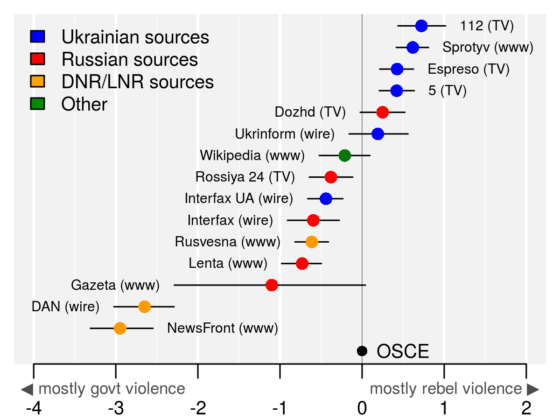(Eurasia Border Review) The paper focuses on the Russia-U.S. cross-border area that lies in the Bering Sea region. Employing the concept of geographical proximity, I argue that the U.S.-Russian proximity works in a limited number of cases and for relatively few kinds of actors, such as companies supplying Chukotka with American goods, border guards conducting rescue operations, organizers of environmental projects and cruise tours, and aboriginal communities. The impressive territorial proximity between Asia and North America induces ambitious and sometimes widely advertised official and public desires of conquering the spatial divide, promoted by extreme travellers and planners of transcontinental tunnel or bridge projects. At the same time, cooperation is seriously hindered by limited economic potential of the Russian North-East, weakness of transportation networks, harsh climate, and pervasive alarmist sentiments on the Russian side of the border. […]
PDF | Read More © Eurasia Border Review, Slavic-Eurasian Research Center, Hokkaido University











